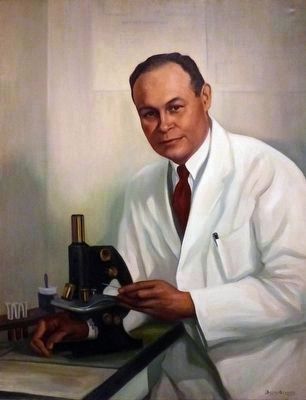
Charles Richard Drew (June 3, 1904 – April 1, 1950) was an American surgeon and medical researcher. He researched in the field of blood transfusions, developing improved techniques for blood storage, and applied his expert knowledge to developing large-scale blood banks early in World War II. This allowed medics to save thousands of Allied forces’ lives during the war. Through his work numerous lives have been saved then and continue to be saved today. Dr. Drew is also a member of the Omega Psi Phi Fraternity Inc, and has been recognized by the NAACP, the National Parks Service, and the USPS just to name a few organizations.
Blood Supply Statistics
The Red Cross provides about 40% of our nation’s blood and blood components, all from generous volunteer donors. But supply can’t always meet demand because only about 3% of age-eligible people donate blood yearly. Each new donor helps us meet patient needs.
Blood Supply Statistics
Each year, an estimated 6.8 million people in the U.S. donate blood.
13.6 million units of whole blood and red blood cells are collected in the U.S. in a year.
About 45% of people in the U.S. have Group O (positive or negative) blood; the proportion is higher among Hispanics (57%) and African Americans (51%).
Type O negative red cells can be given to patients of all blood types. Because only 7% of people in the U.S. are type O negative, it’s always in great demand and often in short supply.
Type AB plasma can be transfused to patients of all blood types. Since only 4% of people in the U.S. have type AB blood, this plasma is usually in short supply.